Life in Palestine before the Nakba
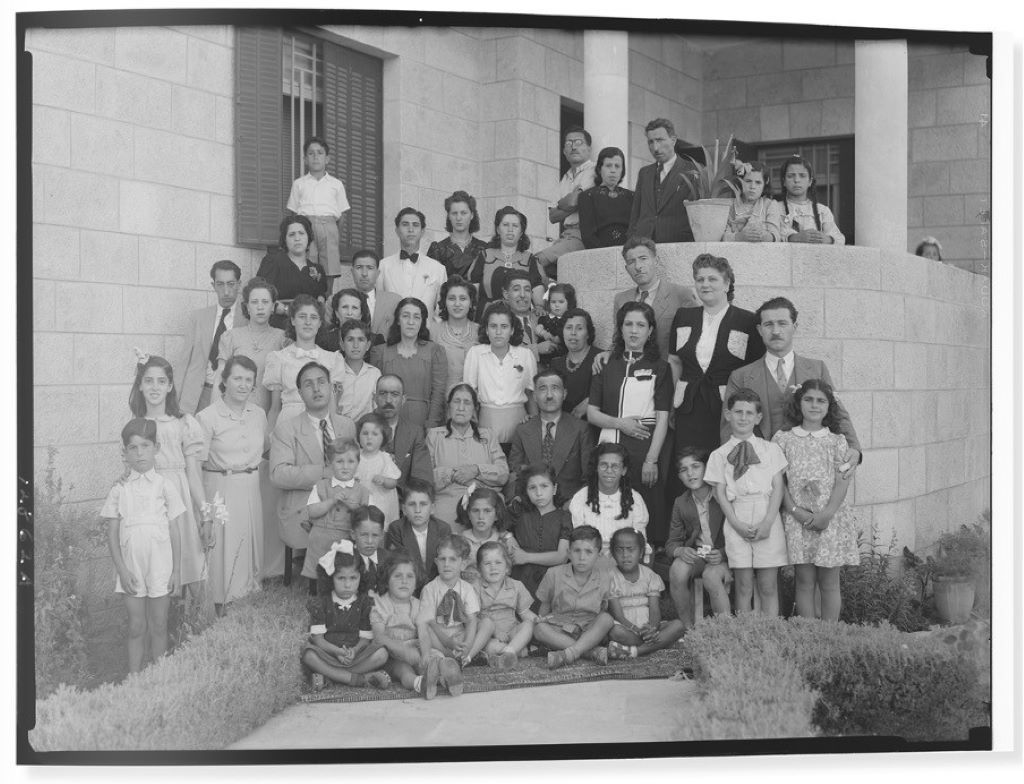
Decked out in their finery, fifty members of the al-Dajani family, among them many children, stand on the steps of their home, looking into the camera. The black-and-white photos show men in Western dress, wearing dicky bows or ties; the women of this middle-class family have adorned themselves with sumptuous chains and rings.
The walls of the house are classic sandstone, and its distinctive shutters and oriental rug make it clear that the photograph was taken in Jerusalem, on the occasion of an engagement party in 1945.
Just three years later, in 1948, the lives of the al-Dajani family and thousands of other Arab Palestinian families would be interrupted when what was formerly British Mandatory Palestine was divided to create an independent Israeli state.
The national project for a state with a Jewish majority would be implemented at the expense of the local Palestinian population, in what they would come to know as the 'catastrophe' (Nakba in Arabic).
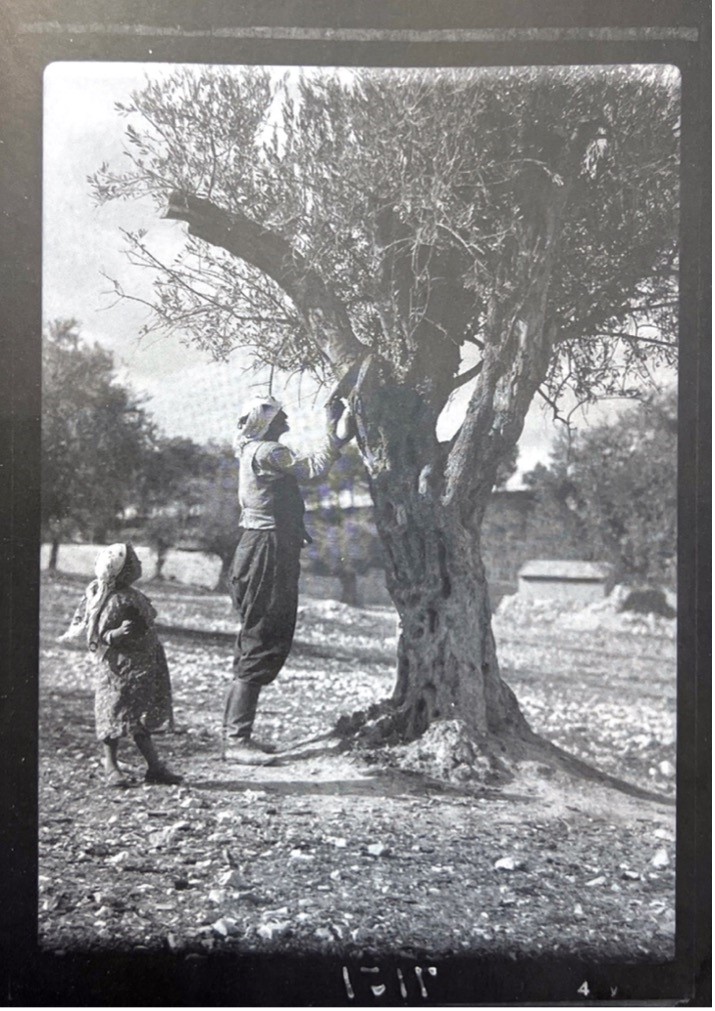
The meaning of Nakba
The term Nakba refers to the period during which around 750,000 Palestinians – approximately half the Palestinian population – were driven from, or fled, Palestine both prior to and following the foundation of the state of Israel in 1948. It also encompasses the dispossession and disenfranchisement of the Palestinians, the efforts made to stop them returning, as well as massacres, the depopulation of many towns, and the destruction of over 400 villages by Zionist militias and the Israeli army.
The Nakba was a traumatic experience for the Arab-majority population: this collapse of Palestine's political, social, cultural and economic life is increasingly being described in Anglophone academic circles as ethnic cleansing.
Israel's current military operation in Gaza following the brutal attack perpetrated by Hamas on 7 October feels to many Palestinians like a repeat or perpetuation of the Nakba, given the over 34,000 dead, the destruction of the Gaza Strip and its social foundations, and the threat of displacement and famine among the population.
Against Erasure: A Photographic Memory of Palestine before the Nakba, a new book of photographs published by Haymarket Books, serves as an opportunity to understand this perspective and the significance of the Nakba, both historically and in the present day. The book's Spanish editors allow Palestinian memory to speak for itself without juxtaposing it with other perspectives.
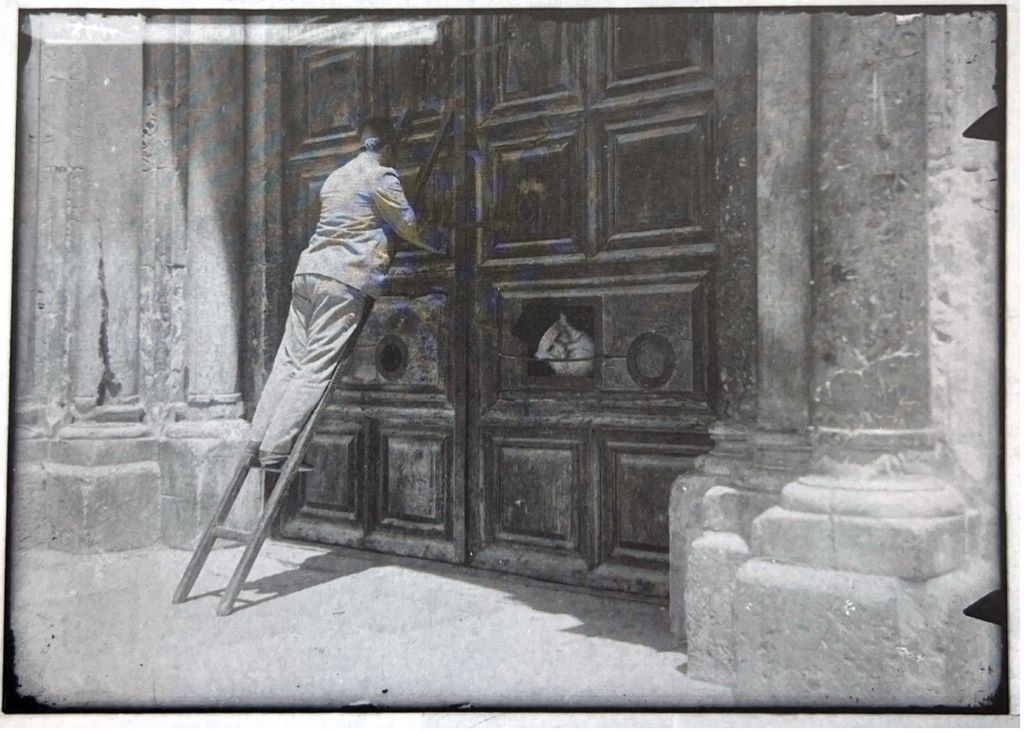
In 232 black-and-white photographs, Teresa Aranguren and Sandra Barrilaro provide an overview of the cultural, social and political diversity of Palestinian lives in the decades preceding the Nakba. The book was first published in 2016 and is structured loosely by theme. The pictures are accompanied by bilingual (English/Arabic) introductory and explanatory texts, poems by key Palestinian poets such as Mahmoud Darwish and Fadia Tuqan, excerpts from source texts, and facts and figures.
A richly diverse society
The book reveals immense richness: photographs testify, for example, to the cultivation of olive trees – a symbol of Palestinian rootedness. Pruning the trees and picking and pressing the olives is a cultural practice rich in tradition, and one which was a significant social element of life in Palestine for generations.
Images of Jaffa's lucrative orange plantations point to the involvement of local businessmen in global flows of trade.
Photos of a member of the Muslim Nuseiba family unlocking the Church of the Holy Sepulchre illustrate interdenominational coexistence prior to the Nakba.
Following a dispute between different Christian denominations over special privileges to Jerusalem's most significant church, Orthodox Christians, Catholics, Copts, and Armenians agreed that a Muslim family should have the key for safekeeping.
Scenes of agricultural life, such as portrait shots of young women in traditional tatreez embroidery appear less frequently than images from the lives of the growing middle class. While the latter had the privilege of taking their own photographs, the rural population usually only appear as romanticised subjects through the colonial, ethnographic gaze of European travellers.
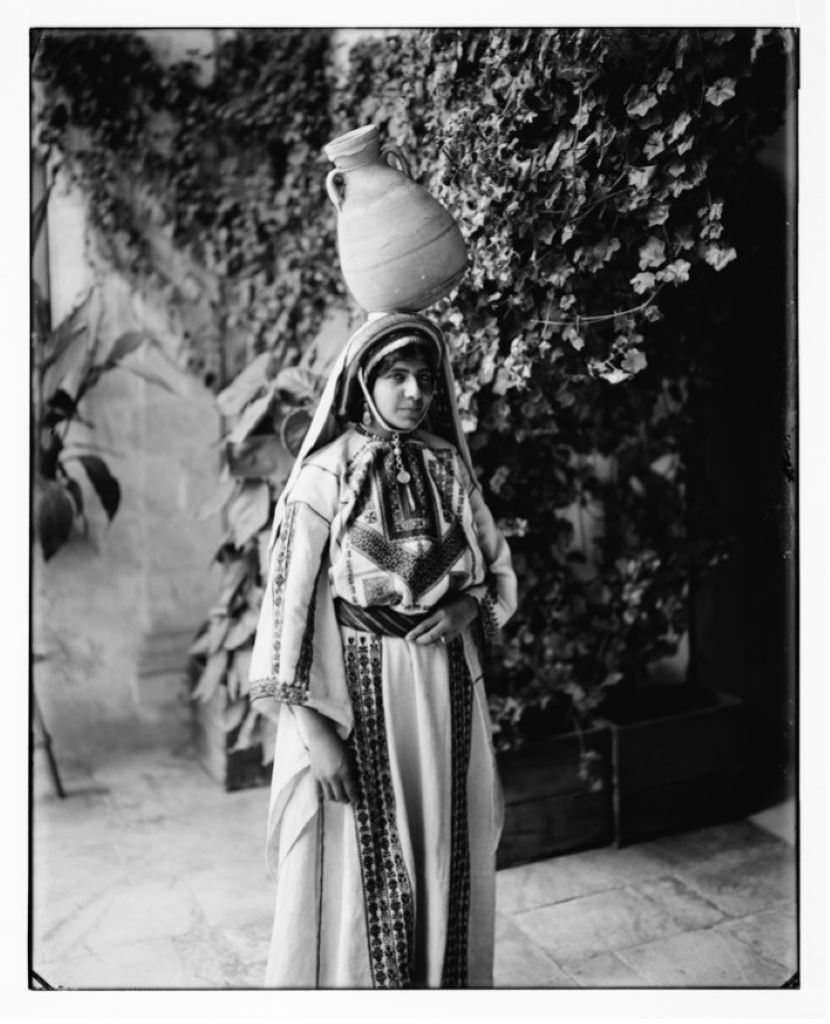
New forms of political decision-making
Images of cinema screenings and radio performances as cutting-edge leisure activities, or of railways and airports – symbols of regional interconnectedness – illustrate the modernisation and transformation of all areas of life, even though this occurred unequally along class lines.
Against Erasure also contains testaments to new forms of political decision-making in the decades preceding the Nakba. These emerged after 1920, when Britain seized control of Palestine as a mandatory power in response to Arab demands for self-determination. The British Empire had supported Zionist aspirations towards political self-determination since the Balfour declaration of 1917.
Neglect of the political aspirations of the Arab majority fed Palestinian resistance, as demonstrated by the book's images of general strikes, guerilla campaigns against the Brits, and the Arab women's congress.
In an excerpt from a letter from 1921, an Arab delegation warns the Brits that their policy aims to "drive [the local Arab population] from their land in order to build a nation state for Jewish emigrants".
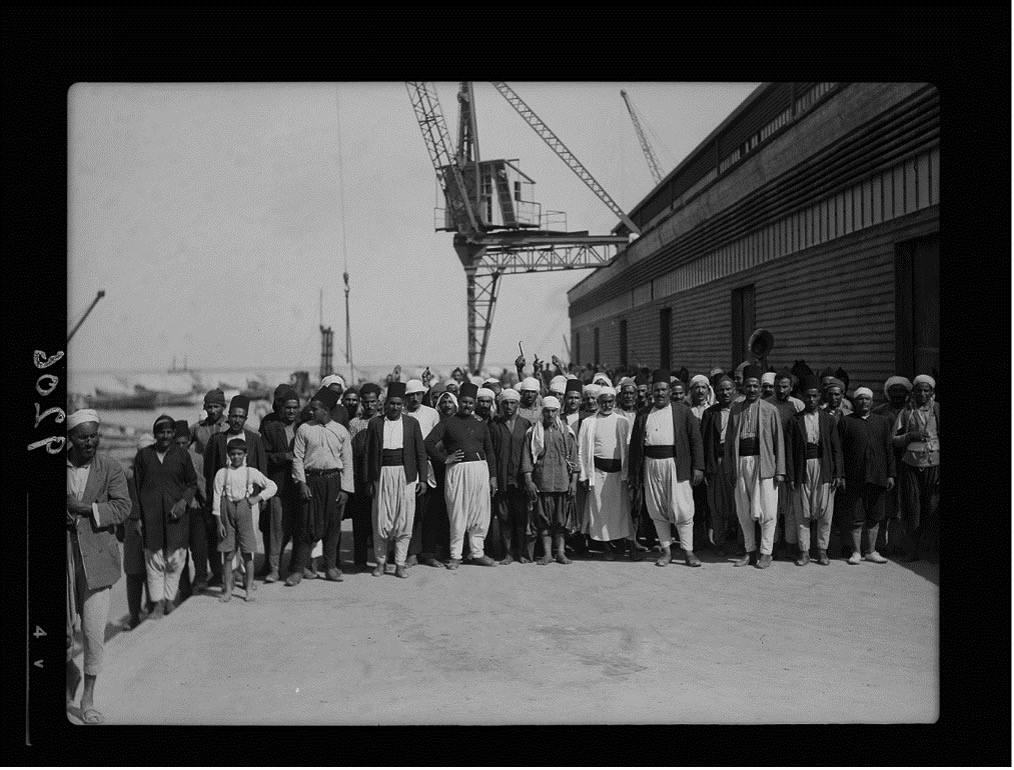
The lingering legacy of the Nakba
The catastrophe descends suddenly and without warning in the final pages of the book. Alongside family portraits, we see photos of the deserted streets of Haifa and destroyed Arab quarters.
These are followed by images of Palestinians from the UNRWA archives which speak of expulsion and life as refugees in the diaspora: barefoot children fleeing Jaffa, refugees in convoys on the streets of Gaza making for Hebron or boarding boats to Egypt and Lebanon – countries they will not be able to return from despite numerous UN resolutions, as Israel denies them the right to return.
In the accompanying texts, Palestinian intellectuals reflect on the contemporary significance of the Nakba in what German discourse would consider radical terms. Among them is Mohammed El-Kurd, a provocative and uncompromising poet and activist.
El-Kurd angrily criticises the Western public for looking away and failing to recognise the Nakba, both in the past and in the present day. Because, he says, the progressive disenfranchisement and expulsion of the Palestinians, by means of measures such as the building of illegal settlements and land grabs, means the Nakba continues and strikes each generation anew; as a Palestinian himself, El-Kurd feels it constantly breathing down his neck.
Emeritus professor Bichara Khader conceives of the Nakba as sociocide, as the destruction of Palestinian society; historian Johnny Mansour emphasises the importance of memory in the struggle against forgetting.
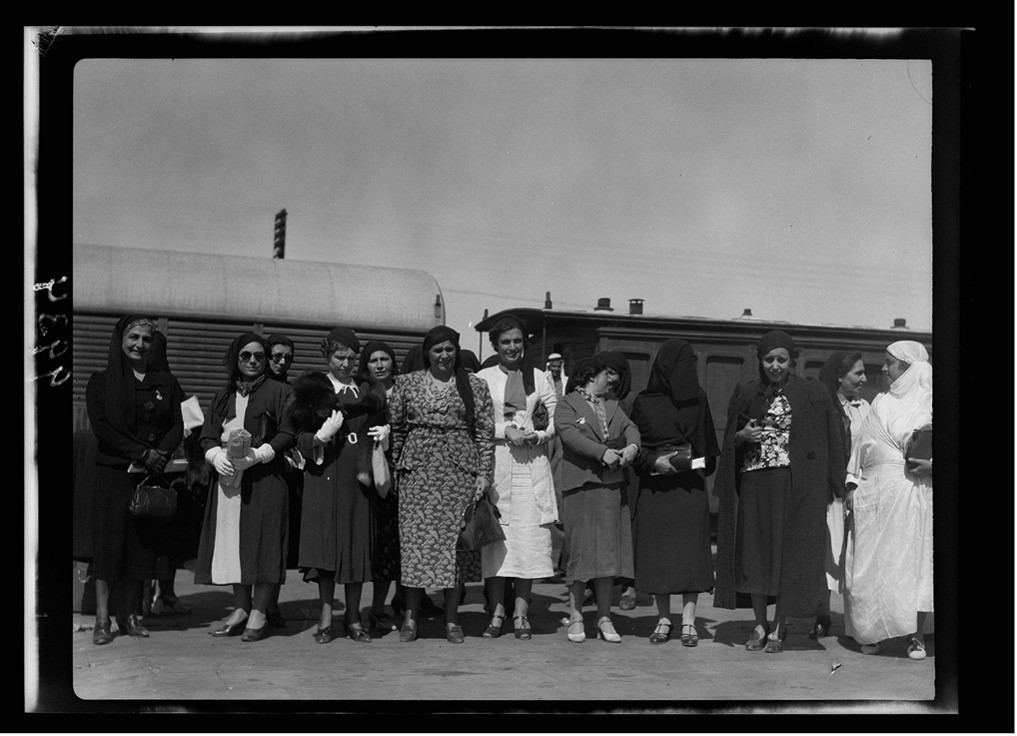
Testament to what once was
The book attests to the cultural, social, and economic diversity and rootedness of Palestinian lives in the early twentieth century.
The photos expose popular historical myths, which are still in circulation today, such as the Zionist slogan, "a land without a people for a people without a land", the claim that the early Zionist movement and Israel "made the desert bloom", or the claim typical for the colonial era, that the local Palestinian population would have been unalterably trapped in the pre-modern era without Western intervention.
Yet these photos are testament to the deeply varied culture of hundreds of villages, which were later destroyed, as well as diverse agricultural cultivation and participation in global modernisation and change.
Despite a few shortcomings – partially inaccurate image references, imprecise translations, and the inconsistent quality of its accompanying texts – this new edition of Against Erasure is extremely pertinent for the German public sphere. After all, Germany is home to the biggest Palestinian diaspora in Europe and is closely bound up with the realities of politics in Israel and Palestine due to its historical responsibility for the Shoah.
Yet despite the possibility of thinking about the Nakba and the Shoah together, as put forward by progressive Jewish, Israeli, and Palestinian voices, the fact of Palestinian remembrance is viewed as a threat to a hegemonic culture of remembrance and Germany's raison d'etat. The memory of the Nakba, which has little presence in public discourse, is thus further marginalised by bans on remembrance demonstrations, and the popularisation of distortionary publications such as The Myth of the Nakba or The Myth of Israel in 1948.
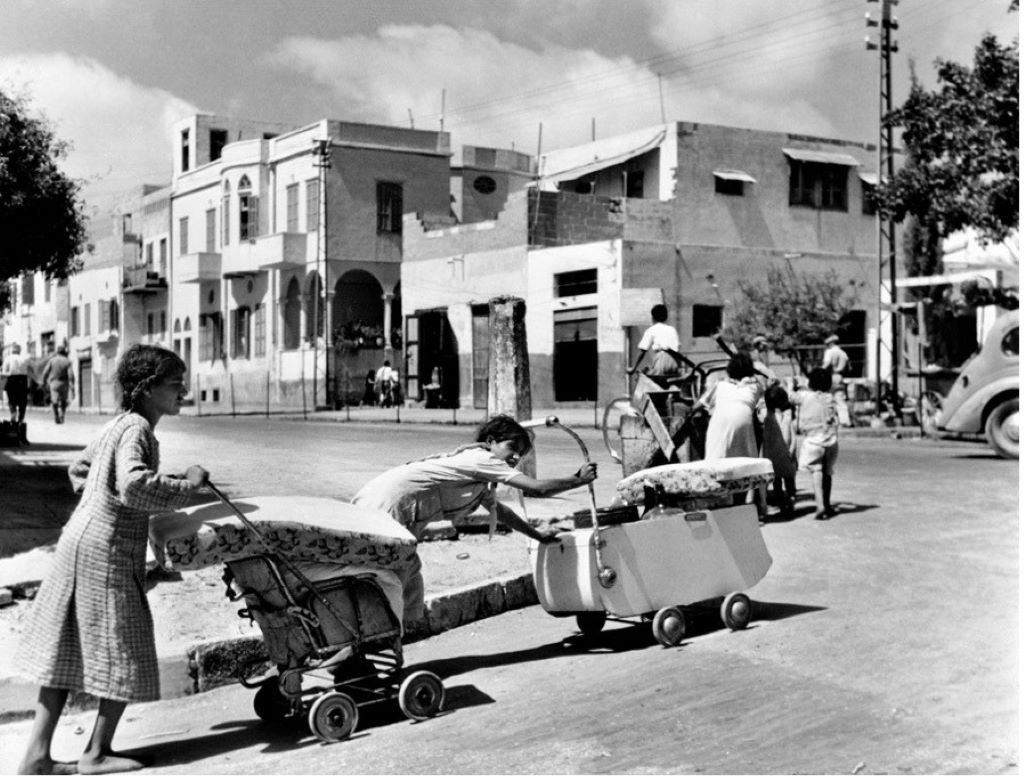
During the pre-planned reprint of Against Erasure, the results of the current Israeli military operation in Gaza began to exceed the dimensions of the Nakba itself, in terms of the level of destruction, the number of civilians killed, and the scale of displacement. The book's new forewords draw clear parallels between 1948 and today. In debates within Germany in recent months, contextualising references to the Palestinian experience of continuing oppression and suffering have been branded as apologism for Hamas by representatives of German foreign policy.
Yet in the face of the now almost complete destruction of the Gaza Strip, with over 34,000 dead and the looming spectre of famine and an uncertain future for Palestinians, the German public – particularly those in positions of responsibility in politics and media – must engage more extensively with the Palestinian experience of injustice both in the past and in the present. This book is a good place to start.
© Qantara.de 2024
Jan Altaner is completing a PhD at the University of Cambridge on the urban, social and economic history of Lebanon in the 20th century. He previously studied Middle Eastern Studies, History and Islamic Studies in Beirut and Freiburg. He has published articles in taz, Zeit Online, dis:orient and Bauwelt, among others.
Against Erasure: A photographic memory of Palestine before the Nakba, edited by Teresa Aranguren and Sandra Barrilaro, Haymarket Books, 2024.